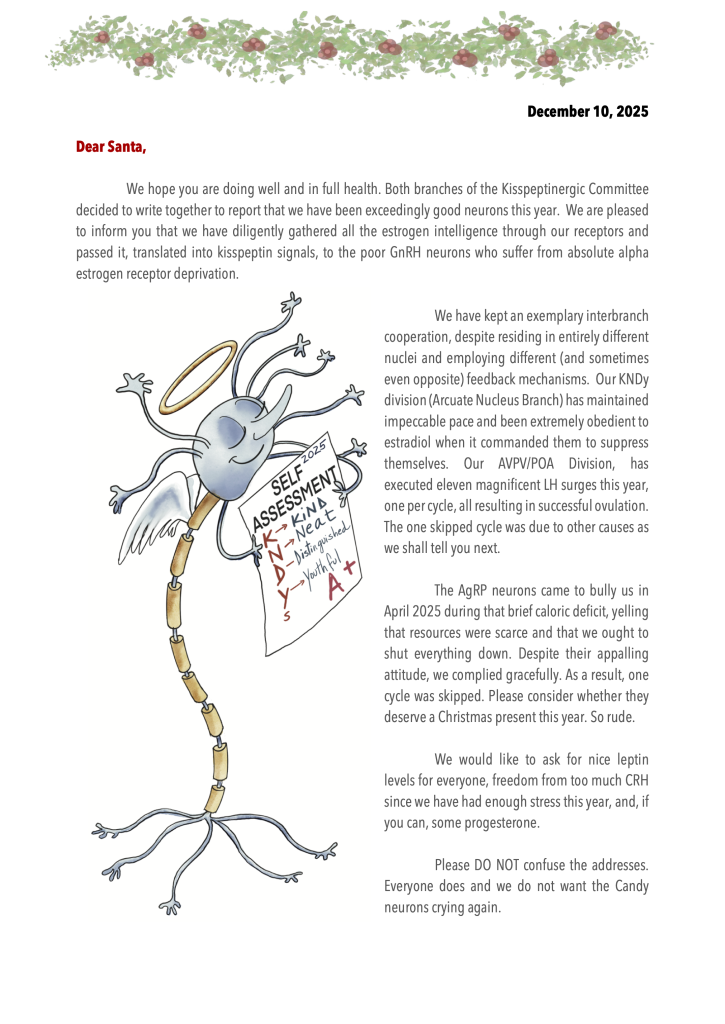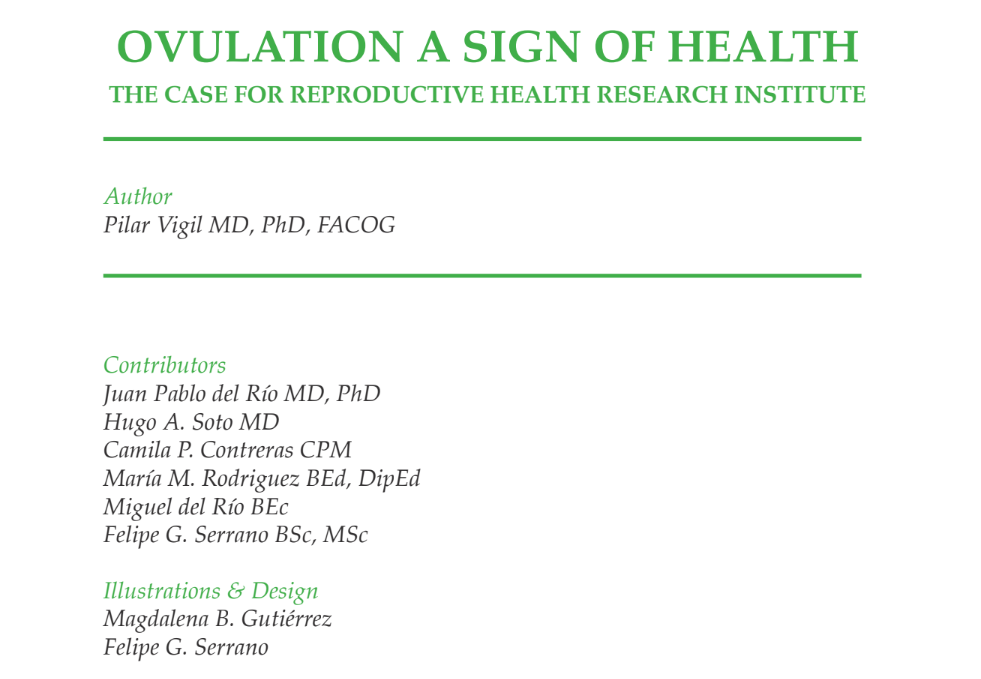Charting Your Ovulation Cycle Will Change your Life
Have you ever felt like you’re in the dark about what’s going on in your own body?
You’re not alone!
Many women feel intimidated or mystified by their reproductive health—and all too often, ovulation and menstruation are treated as problems to be overcome by technology rather than vital signs of health.
But it doesn’t have to be this way. It’s every woman’s right to understand the link between her reproductive hormones and health. And one of the best ways to gain that understanding is through charting.
Charting is simply being more attentive to your body and noting your hormonal vital signs (also called biomarkers) and symptoms.
Contrary to popular belief, charting isn’t just a way to track your period or avoid pregnancy. It provides critical information about your health and overall wellbeing, and it’s helpful for women in many different situations and stages of life.
How Your Menstrual Cycle Works: FSH, LH, and Ovulation
A woman’s reproductive cycle is managed by hormonal communication between the brain and reproductive organs.
The hormone FSH (follicle-stimulating hormone) originates in the brain and signals the ovary to mature and release an egg each cycle.
In a coordinated manner, as the egg and follicle in the ovary grow, the ovary produces the hormone estrogen. As estrogen reaches its peak, this feeds back to the brain, and LH (luteinizing hormone) is released, triggering ovulation.
After ovulation, the now empty follicle produces the hormone progesterone.
Why do I have low progesterone?
These hormones influence all the activity of the reproductive system. And because your body functions as an integrated whole, reproductive hormones affect your overall emotional and physical health.
The hormones estrogen and progesterone, for instance, affect your bones, blood sugar, brain, muscle tone, mood, and sleep. Hormonal imbalances cause symptoms such as weight gain, acne, anxiety, depression, fatigue, migraines, and hirsutism.
Why we say Ovulation Cycle Instead of Menstrual Cycle
Knowing whether or not you are ovulating is especially important, because it’s a key sign that your reproductive system and brain are communicating effectively.
Ovulation indicates that a dozen-plus hormones in your body are functioning properly.
When it doesn’t occur, something is amiss, and trouble can ensue—from severe mood disorders to thyroid, coronary disease, cancer, and more.
How Charting Your Cycle Works
When you chart, you make daily observations of certain biomarkers that give information about the reproductive cycle. The big vital signs tracked in charting are menstrual bleeding and cervical mucus.
Each biomarker provides critical information about fertility and your overall health. Bleeding, for instance, reflects the quality of your hormonal levels from the previous cycle.
Healthy Menstruation and Cervical Mucus
A healthy menstruation should be between 3-7 days long and a combination of different bleeding flows (light, medium, heavy) with at least one day of heavy flow.
Regular bleeding patterns indicate that the lining of the uterus built up sufficiently under the influence of estrogen and progesterone during the last cycle.
Cervical mucus shows the presence of estrogen and progesterone in the body. Depending on where you are in your cycle, cervical mucus will have different observable qualities or texture.
For instance, rising estrogen produces a moist sensation, whereas progesterone causes a sensation of dryness.
Charting the Pre-ovulatory Phase, Ovulatory Phase, and Luteal Phase
Through charting, you will also learn normal and healthy ovulation cycle phases—the pre-ovulatory phase, ovulatory phase, and luteal phase.
This data can be indicative of reproductive health too; a luteal phase of 9-18 days is not only necessary to support a pregnancy but vital for health.
Unusual biomarkers—such as too much or too little bleeding, too little cervical mucus, or a short luteal phase—can indicate health issues.
A FEMM health care provider can use the patterns captured through charting to diagnose and treat hormonal health mysteries, even stubborn ones.
When Do You Ovulate? Charting for Fertility Awareness
Charting gives you a wealth of information about your body. It’s immensely helpful in clearing up common confusions a woman may have about her cycle.
Of course, charting is also an effective tool for achieving your fertility goals.
Charting your ovulation cycle takes the mystery out of trying to avoid pregnancy by using a knowledge-based cervical mucus method that is just as effective as the pill.
It gives you the ability to work with your body to avoid pregnancy—without hormonal contraception and the attending health risks.
You can use it to identify your days of fertility and infertility each month by pinpointing when you ovulate (which is when you’re most fertile).
It’s also a great aid for those trying to conceive. A study has shown that over 72% of women and couples get pregnant faster by charting and identifying their fertile signs.
Charting appeals to women from every circumstance and walk of life. Many choose it because they don’t like the side effects of hormonal contraception. Or they don’t want artificial hormones. Or it goes against their religion or cultural values.
Sarah, a woman who uses the FEMM app, says,
“I love that I have learned so much about my body and don’t feel reliant upon artificial hormones to prevent pregnancy.”
How Do I Use the FEMM App to Chart my Ovulation Cycle?
Charting might seem intimidating, but using the FEMM app is easy, simple, and completely free.
Once you download the FEMM app, you’ll first choose the goal that meets your particular needs: achieve pregnancy, avoid pregnancy, or track your health. Then, the app will guide you through the process of observing and recording your biomarkers each day, with just the touch of a cleverly designed emoji button. 😉
You’ll receive personalized daily feedback about your cycle, from insights into your hormonal health to tips for how to achieve your goal. You can even set the app to send you sleek reminders to “enter your data” each day.
The FEMM app uses cutting-edge science to help you identify your hormonal, ovulatory, and health patterns. It allows you to understand what is going on with your body and flags potential issues in your cycle so that you can connect with a network of doctors and nurses to provide you with the best health care.
Get help with a certified FEMM teacher to receive 1-on-1 support.
Or, find a FEMM medical provider to review your chart and start to get the answers to your health and fertility questions that you’ve been waiting for.
If you’ve been putting off charting—or didn’t know what it was until now—why not give it a try today?
Charting helps each woman to understand and care for her body in all its physical and emotional complexity. That’s true empowerment!







